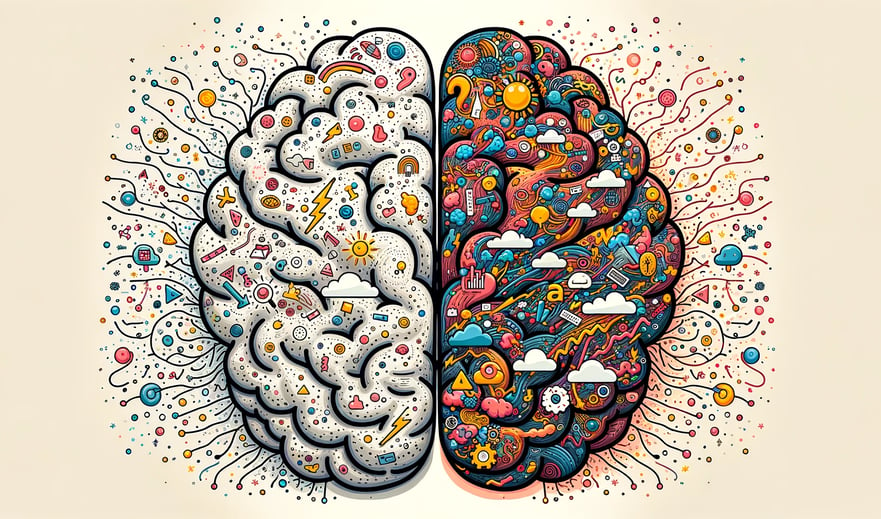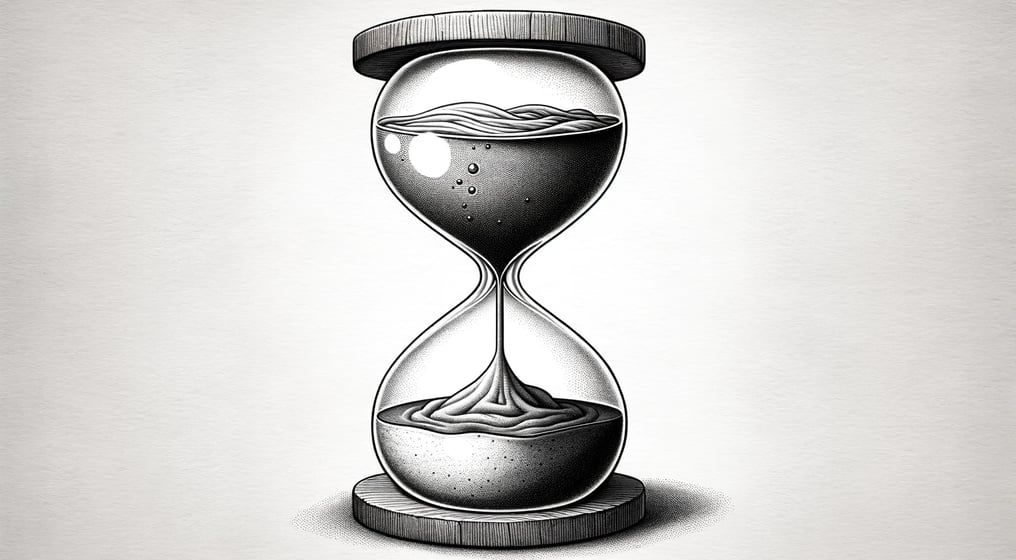Summary
"Thinking, Fast and Slow" by Nobel laureate Daniel Kahneman delves deep into the human psyche to unravel the complexities of decision-making. At its core, Kahneman introduces two primary modes of thinking: System 1 and System 2. System 1 is automatic and quick, effortlessly managing tasks like recognizing faces or reading emotions. In contrast, System 2 is more deliberate and slower, tackling activities such as evaluating complex decisions or solving intricate mathematical problems.
Throughout the book, Kahneman highlights various cognitive biases that influence our judgments. Notable among these is the anchoring effect, where we place undue emphasis on the first piece of information we encounter. Another is the availability heuristic, where our judgment about the probability of events is swayed by how easily we can recall similar instances.
A significant contribution of the book is the introduction of Prospect Theory, co-developed by Kahneman and Amos Tversky. This theory posits that when making decisions that involve risks, individuals are influenced more by the thought of potential losses than potential gains. The endowment effect is another intriguing concept he discusses, which suggests that we assign a higher value to items simply because we own them.
Kahneman also touches upon our frequent overconfidence, where we tend to overestimate our abilities and the accuracy of our knowledge. The planning fallacy, where individuals underestimate the challenges of future tasks, is another cognitive pitfall that he sheds light on.
Lastly, an essential distinction made in the book is between the "experiencing self" that lives in the present moment and the "remembering self" that reflects on past events. This differentiation is crucial as it highlights how our memories of events can sometimes misrepresent our actual experiences.
Thinking fast and slow
- by Daniel Kahneman





